How to Plan a Fishing Expedition in New Zealand
New Zealand’s pristine waters offer some of the world’s most spectacular fishing opportunities, from trophy trout in crystal-clear streams to massive marlin in deep blue waters. With over 15,000 kilometers of coastline and countless lakes and rivers, the country is an angler’s paradise waiting to be explored. Planning a fishing expedition to this remote island nation requires careful preparation, local knowledge, and respect for conservation practices that keep these waters teeming with life. Whether you’re a fly fishing enthusiast dreaming of landing a monster brown trout or a deep-sea adventurer hoping to battle with kingfish and snapper, New Zealand offers unparalleled fishing experiences against breathtaking natural backdrops. This guide will walk you through everything you need to know to plan an unforgettable fishing expedition in Aotearoa, the Land of the Long White Cloud.
Understanding New Zealand’s Fishing Seasons
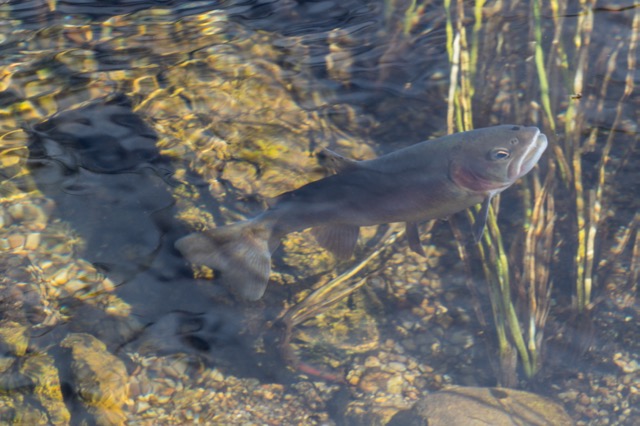
New Zealand’s fishing calendar varies significantly by species and region, making timing one of the most crucial aspects of your planning process. The trout fishing season typically runs from October to April in most areas, with the peak summer months of December through February offering the most reliable conditions for spotting fish in rivers. For saltwater enthusiasts, the warmer months from November to May bring prime opportunities for yellowtail kingfish, snapper, and marlin in the northern waters. Winter months (June-August) shouldn’t be dismissed, as this period offers excellent fishing for species like tarakihi and blue cod in many coastal areas, often with fewer crowds. Seasonal restrictions and regional variations exist throughout the country, so researching the specific regulations for your target species and location is essential before finalizing your travel dates.
Choosing Between the North and South Islands
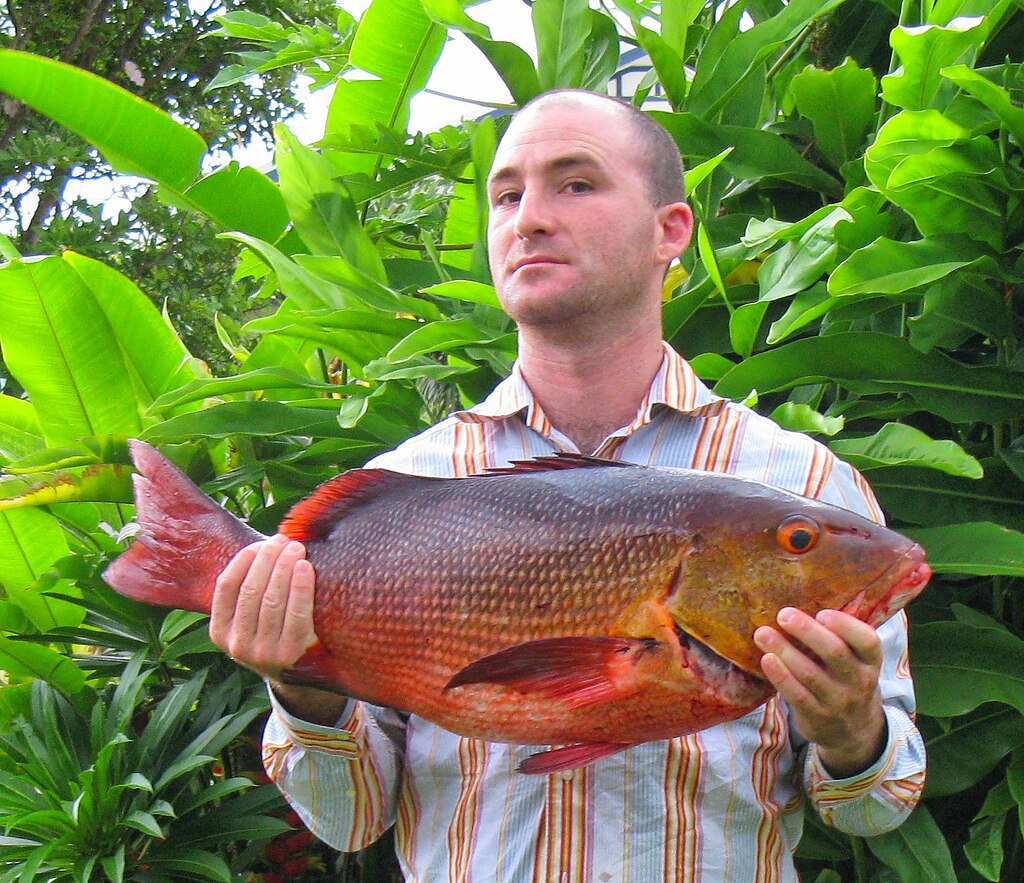
The North and South Islands offer distinctly different fishing experiences, each with its unique appeal. The North Island is renowned for its spectacular saltwater fishing, particularly in the Bay of Islands and the Coromandel Peninsula, where anglers pursue kingfish, snapper, and, during summer months, billfish, including marlin and sailfish. Freshwater anglers on the North Island often head to the central region around Taupo and Rotorua, where lake fishing for rainbow trout is world-class. The South Island, by contrast, is famous for its pristine river systems and trophy-sized brown trout, particularly in regions like Southland, Otago, and the Canterbury high country. The South Island also offers excellent saltwater fishing, especially around Kaikoura, where species like blue cod and groper (hapuku) can be targeted. Your choice between islands should be guided by your target species, preferred fishing style, and the type of landscapes you wish to experience during your expedition.
Securing the Necessary Licenses and Permits

Before casting your line in New Zealand waters, you must ensure you have the appropriate licenses. For freshwater fishing, a license from Fish & Game New Zealand is mandatory, with options ranging from day licenses to full-season permits that cover most lakes and rivers. These can be purchased online before your arrival or from local sporting goods stores and information centers. The good news for saltwater anglers is that no license is required for recreational sea fishing, but you must adhere strictly to size and bag limits, which are enforced to maintain healthy fish populations. Special permits may be needed for fishing in certain marine reserves or protected areas, as well as for some specialized fishing activities like whitebait fishing. Remember that fishing regulations in New Zealand are taken very seriously, and conservation officers regularly patrol popular fishing areas to check compliance with rules.
Deciding Between Guided and Self-Guided Trips
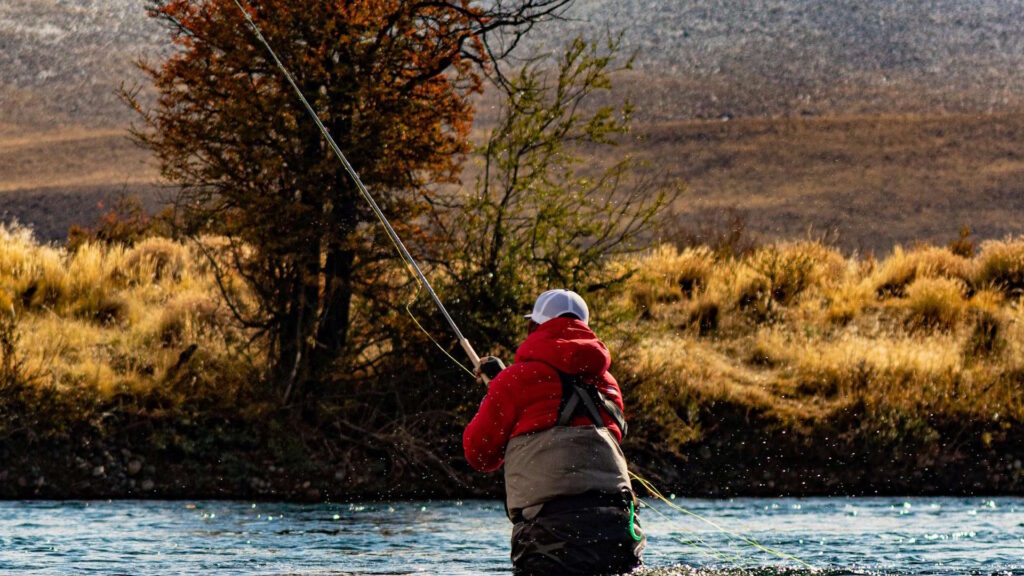
One of the most important decisions when planning your New Zealand fishing expedition is whether to hire a guide or venture out independently. Guided trips offer invaluable local knowledge, access to private waters, transportation, and quality equipment, making them ideal for first-time visitors or those targeting specific trophy fish. A good guide can dramatically increase your chances of success, especially when fly fishing for the notoriously selective New Zealand trout, which often require precise presentation and local expertise. Self-guided trips, while requiring more preparation and navigation skills, offer greater flexibility, potentially lower costs, and the satisfaction of finding your fish. Many anglers opt for a combination approach, booking a guide for the first few days to learn techniques and locations, then exploring independently afterward. Your decision should be based on your experience level, budget, time constraints, and how comfortable you are navigating unfamiliar territory.
Essential Gear for New Zealand Conditions
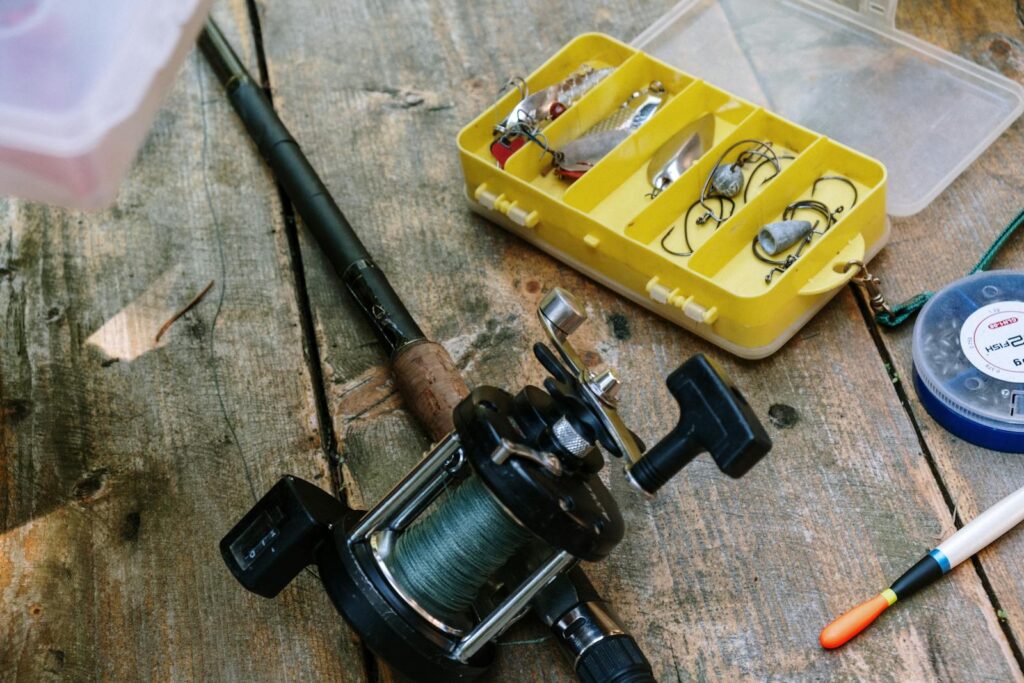
New Zealand’s variable weather and diverse fishing environments demand thoughtful preparation when it comes to equipment. For fly fishing, a 6-weight rod is versatile for most river situations, though a 5-weight may be better for smaller streams, and a 7 or 8-weight is preferable for larger rivers or windy conditions. Reels should have smooth drags capable of handling powerful runs from large trout. Waders are essential for most freshwater fishing, with breathable models preferred due to changing temperatures throughout the day. For saltwater expeditions, medium to heavy spinning or jigging setups are standard, with equipment choices depending on target species. Regardless of your fishing style, polarized sunglasses are essential for spotting fish in New Zealand’s clear waters. Weather protection, including sunscreen, rain gear, and layered clothing, is crucial, as conditions can change rapidly, especially in alpine areas. Many visiting anglers choose to bring their favorite rods and reels while renting or purchasing terminal tackle locally to avoid travel complications.
Navigating Transportation and Accommodation Options

Mobility is key to a successful fishing expedition in New Zealand, where the best spots are often spread across diverse landscapes. Renting a vehicle provides the greatest flexibility, with 4WD options recommended if you plan to access remote rivers or beaches. Campervans have become increasingly popular among visiting anglers, serving as both transportation and accommodation while allowing you to stay close to prime fishing locations. For accommodation, options range from luxury fishing lodges offering all-inclusive packages with guided fishing to more budget-friendly motels, holiday parks, and Department of Conservation (DOC) campsites near popular fishing areas. Many anglers book a mix of accommodation types, perhaps splurging on a premium lodge for a few nights while using more economical options for the rest of their trip. If traveling during peak summer season (December-February) or to popular fishing destinations, booking accommodation well in advance is strongly recommended, as the best options near prime fishing waters fill quickly.
Understanding New Zealand’s Fishing Ethics and Conservation
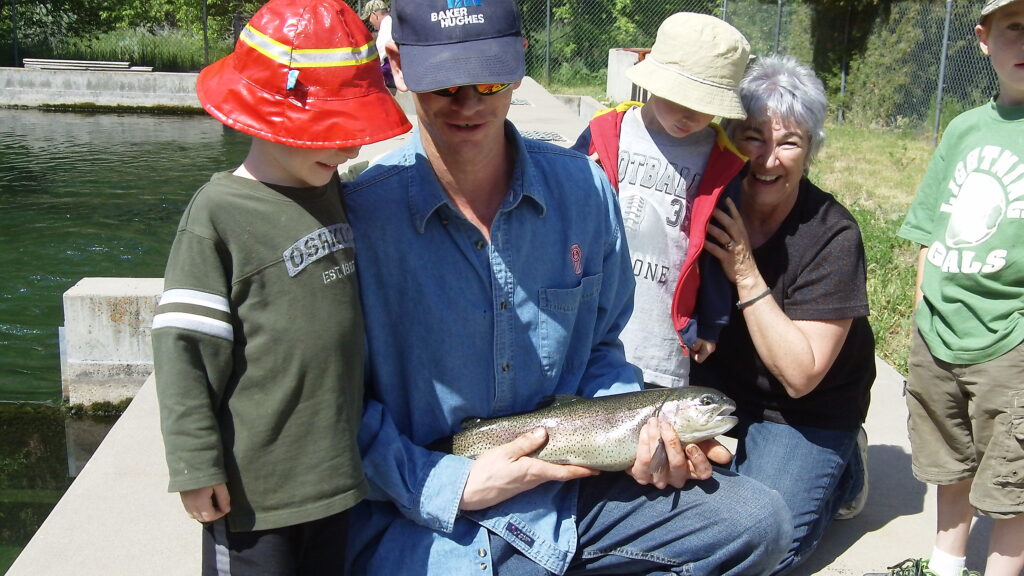
New Zealand’s reputation for exceptional fishing is maintained through strong conservation ethics and practices that all visiting anglers should respect. Catch and release is widely practiced, particularly for large trout, which are valued more for the sporting experience they provide than as table fare. When practicing catch and release, use barbless hooks, minimize handling time, keep the fish in the water as much as possible, and revive it thoroughly before release. Clean all gear between waterways to prevent the spread of didymo (rock snot) and other invasive species that threaten New Zealand’s pristine ecosystems. The concept of “river etiquette” is taken seriously in New Zealand, with anglers expected to give space to others already fishing a pool or section of river. Many fishing guides emphasize the importance of leaving no trace, taking all trash with you, and respecting both the environment and other recreational users sharing these special places.
Planning for Weather and Seasonal Variations
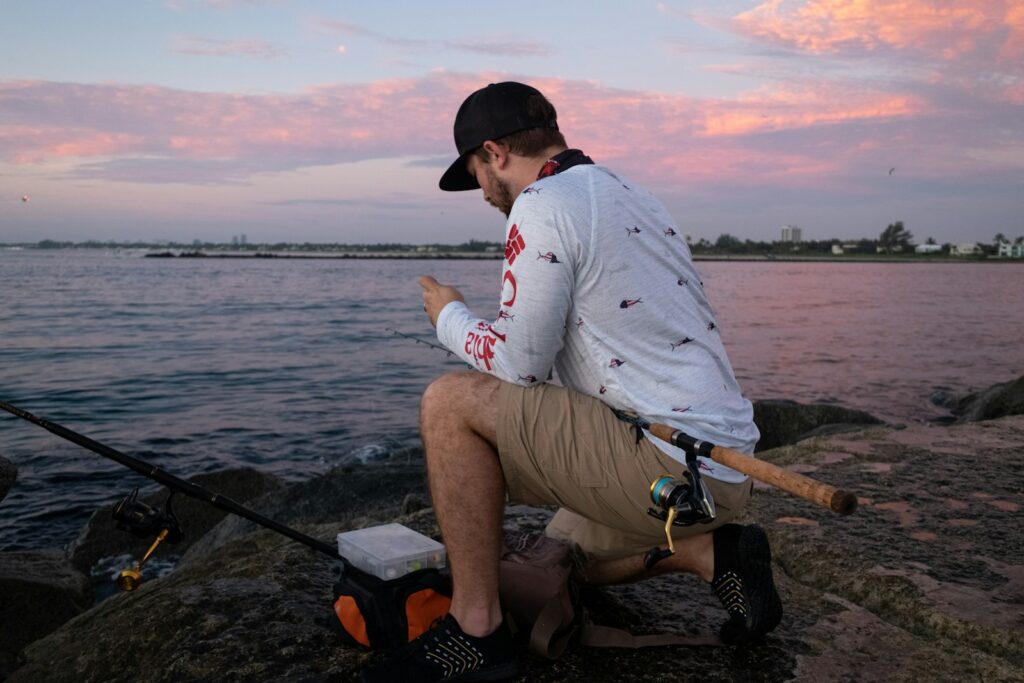
New Zealand’s weather can be notoriously changeable, presenting both challenges and opportunities for anglers. Summer months (December-February) offer longer fishing days and more stable conditions, though popular waters can be busier during this peak tourist season. Spring (September-November) brings excellent insect hatches for fly fishing, but can also bring higher, colder water from snowmelt. Autumn (March-May) is favored by many experienced anglers for the combination of settled weather, fewer crowds, and fish that have grown over the summer season. Weather systems can move through quickly in New Zealand, and conditions that appear unfavorable in the morning might improve dramatically by afternoon. Developing a flexible itinerary that includes backup options for fishing locations is wise, as is preparing for four seasons in one day, especially in mountain areas. Local weather forecasts should be checked regularly, with particular attention to rainfall predictions that can affect river conditions.
Fly Fishing Techniques for New Zealand Trout
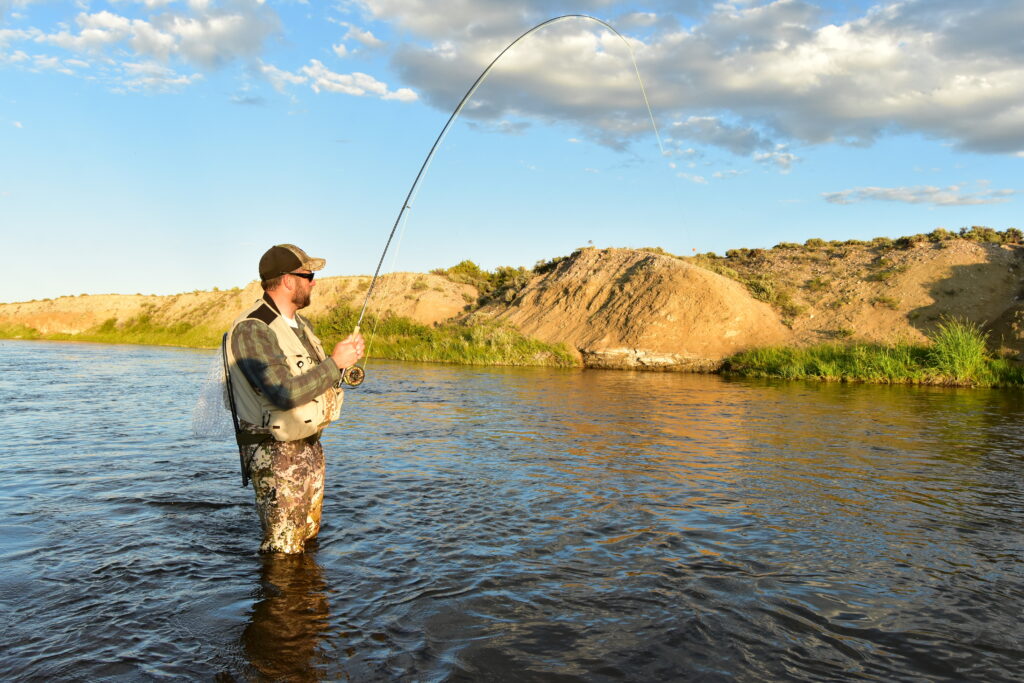
New Zealand’s approach to trout fishing differs significantly from methods used in many other countries, requiring adjustment even from experienced anglers. The “sight fishing” technique predominates in New Zealand, where clear water allows anglers to spot individual fish before casting. This targeted approach requires stealthy movement along riverbanks, careful observation, and precise presentation. Unlike the frequent, hopeful casting common elsewhere, New Zealand fly fishing often involves more walking and watching than actual casting. Light tippets (usually 4X to 6X) and natural fly patterns that match local insects are typically more effective than flashy attractor patterns. Nymphing techniques are particularly productive, with the “New Zealand style” involving a heavy nymph followed by a smaller nymph as a dropper. Dry fly fishing can be spectacular during summer hatches, though the larger trout often prefer nymphs even when insects are on the surface. Learning the bow-and-arrow cast and roll cast is invaluable for fishing the many bush-lined streams where backcast room is limited.
Saltwater Fishing Strategies and Hotspots

New Zealand’s diverse coastline offers remarkable saltwater fishing opportunities, with different regions specializing in particular species and techniques. The northeastern coastline of the North Island, particularly around the Bay of Islands and Coromandel, is prime territory for kingfish, snapper, and various billfish species during summer months. Jigging and live baiting around offshore reefs and structures produce consistent results for kingfish, while soft-baiting has revolutionized snapper fishing in recent years. The west coast harbors offer excellent fishing for species like kahawai (similar to salmon) and trevally, which can be targeted with spinning gear using metal lures. In the South Island, Kaikoura is renowned for its blue cod and groper fishing, while the Marlborough Sounds offer protected waters teeming with snapper and kingfish. Charter operations are available in most coastal towns, providing access to offshore grounds with all equipment provided. Land-based options also abound, with rocky headlands, beaches, and harbor structures offering good fishing for those without boat access.
Exploring Remote Backcountry Fishing Opportunities
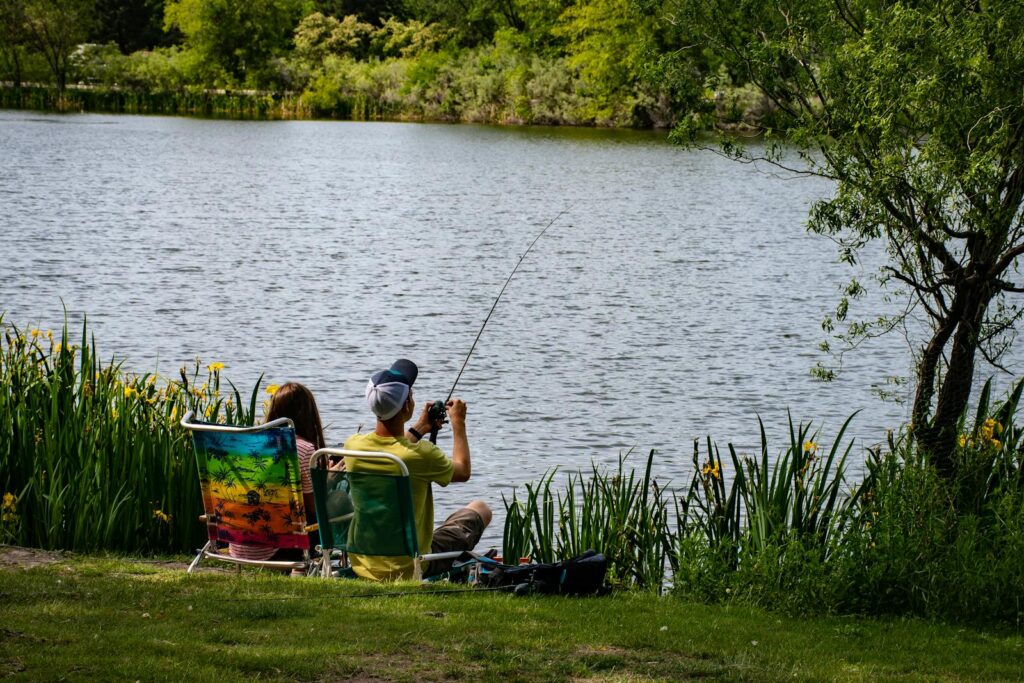
For the adventure-minded angler, New Zealand’s backcountry waters represent the ultimate fishing experience, offering solitude and the chance to target trophy-sized trout that see few artificial flies. Accessing these remote areas often requires significant effort, including multi-day hikes, helicopter flights, or jet boat journeys up braided rivers. The Department of Conservation maintains backcountry huts throughout New Zealand, providing basic shelter for anglers on multi-day expeditions into wilderness areas. Some rivers require specific backcountry licenses in addition to standard fishing permits, and these may limit the number of anglers allowed access during the season. While the physical demands of backcountry fishing are considerable, the rewards include casting to large, unpressured fish in breathtaking settings rarely seen by other anglers. Proper preparation is essential for backcountry expeditions, including navigation tools, emergency communication devices, first aid supplies, and sufficient food and water. Many experienced anglers consider these remote fisheries to be the crown jewels of New Zealand’s fishing opportunities, well worth the additional planning and effort required to reach them.
Cultural Considerations and Access Protocols
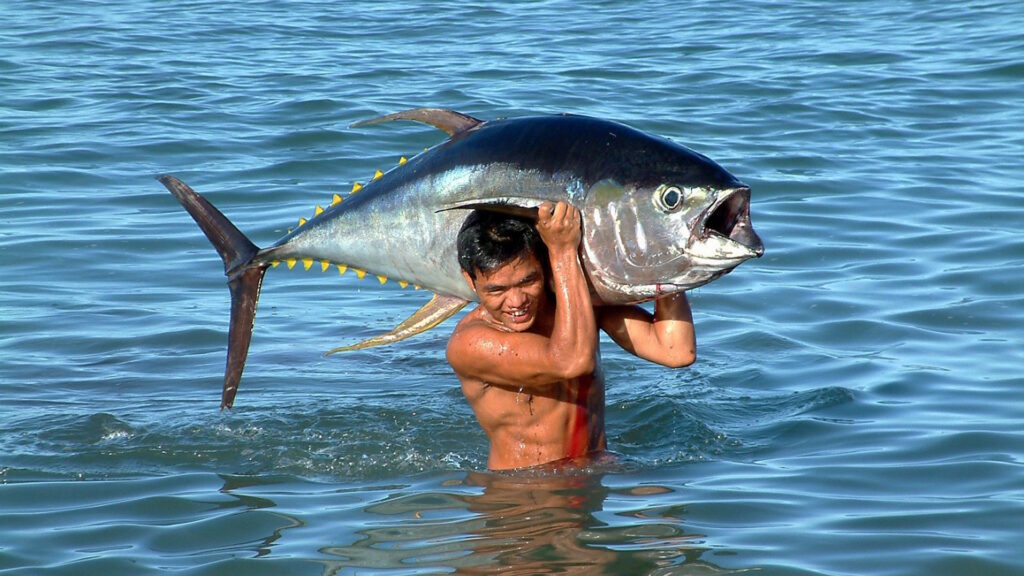
Respecting New Zealand’s cultural landscape is an important aspect of planning a successful fishing expedition. Many prime fishing locations cross through private property, requiring permission from landowners before access. Always ask permission, close gates behind you, and be aware that farm animals may be present near rivers and streams. Some waters have special significance to local Māori iwi (tribes), particularly those containing native species like tuna (eels) or locations near historic settlements. Local fishing shops and guides can provide information about any culturally sensitive areas or special access protocols. When interacting with local communities, showing respect and gratitude for access to fishing grounds helps maintain positive relationships between landowners and visiting anglers. Many successful fishing trips have been enhanced by conversations with knowledgeable locals who are often willing to share information with respectful visitors who express genuine interest in the area and its history.
Preparing for the Unexpected: Safety and Contingency Planning

New Zealand’s remote nature and changeable conditions make safety planning a crucial element of any fishing expedition. Rivers can rise rapidly after rainfall, turning crossable streams into dangerous torrents within hours. Always check weather forecasts and be prepared to abandon fishing plans if conditions deteriorate. When heading into remote areas, leave detailed trip plans with reliable contacts, including expected return times and locations. Consider renting a personal locator beacon (PLB) or satellite communicator, especially for backcountry trips where cellular coverage is nonexistent. New Zealand’s mountain rivers often have cold water temperatures even in summer, making proper thermal protection important to prevent hypothermia. Slippery rocks and strong currents present falling hazards, so wading staffs are highly recommended for river fishing. For offshore expeditions, ensure the charter operator maintains proper safety equipment and has experience with local conditions. Having contingency plans for fishing locations allows flexibility when primary destinations become unfishable due to weather or other factors.
Creating Lifelong Memories: Documentation and Souvenirs

The spectacular nature of fishing in New Zealand deserves to be preserved beyond memories, making photography equipment an essential part of your packing list. Waterproof cameras or phone cases allow for stunning shots even in challenging conditions, while lightweight tripods can help capture that perfect trophy shot if fishing solo. Consider keeping a fishing journal during your trip, recording not just catches but also observations about the landscape, wildlife encounters, and experiences with local people. Many anglers collect flies tied by local pattern developers as meaningful souvenirs that connect to their fishing experiences. Ethical taxidermy alternatives have become increasingly popular, with services offering replica mounts based on photographs and measurements, allowing trophy fish to be released while still creating a lasting memento. These tangible reminders of your New Zealand fishing adventure will continue to provide enjoyment long after you’ve returned home, and may even inspire future expeditions to explore more of this remarkable fishing destination.
Conclusion

Planning a fishing expedition to New Zealand combines the excitement of world-class angling with the logistics of international travel to remote locations. The country’s commitment to conservation ensures these waters remain productive, but also means anglers must respect regulations and local practices. Whether wading crystal-clear streams for selective trout or battling powerful kingfish offshore, New Zealand offers fishing experiences that stand among the world’s finest. The key to success lies in thorough preparation, realistic expectations, and maintaining flexibility as conditions change. By respecting the environment, local customs, and fellow anglers, visitors contribute to preserving these extraordinary fisheries for future generations. With careful planning and an adventurous spirit, your New Zealand fishing expedition can truly become the experience of a lifetime, creating memories and stories to be shared for years to come.
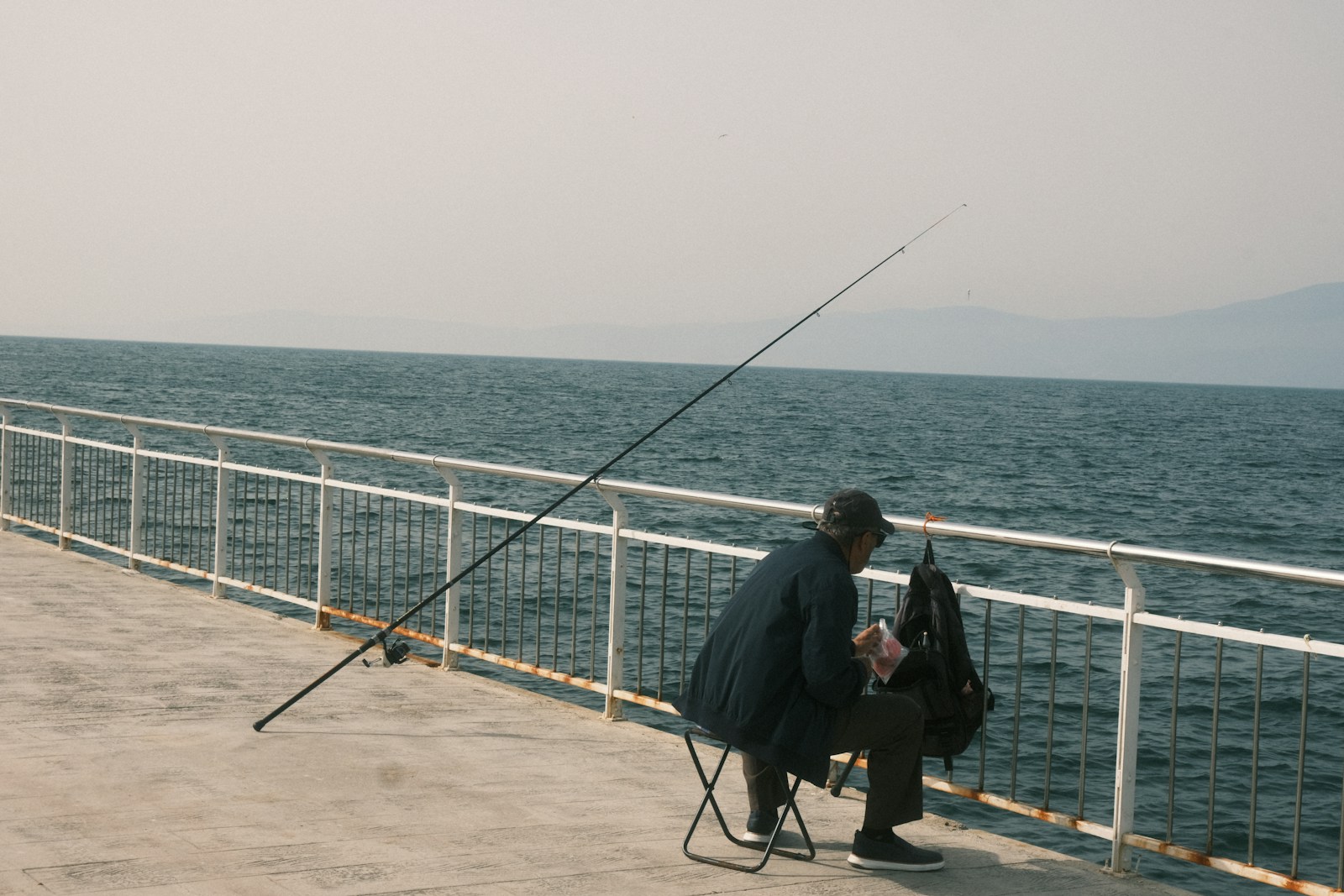
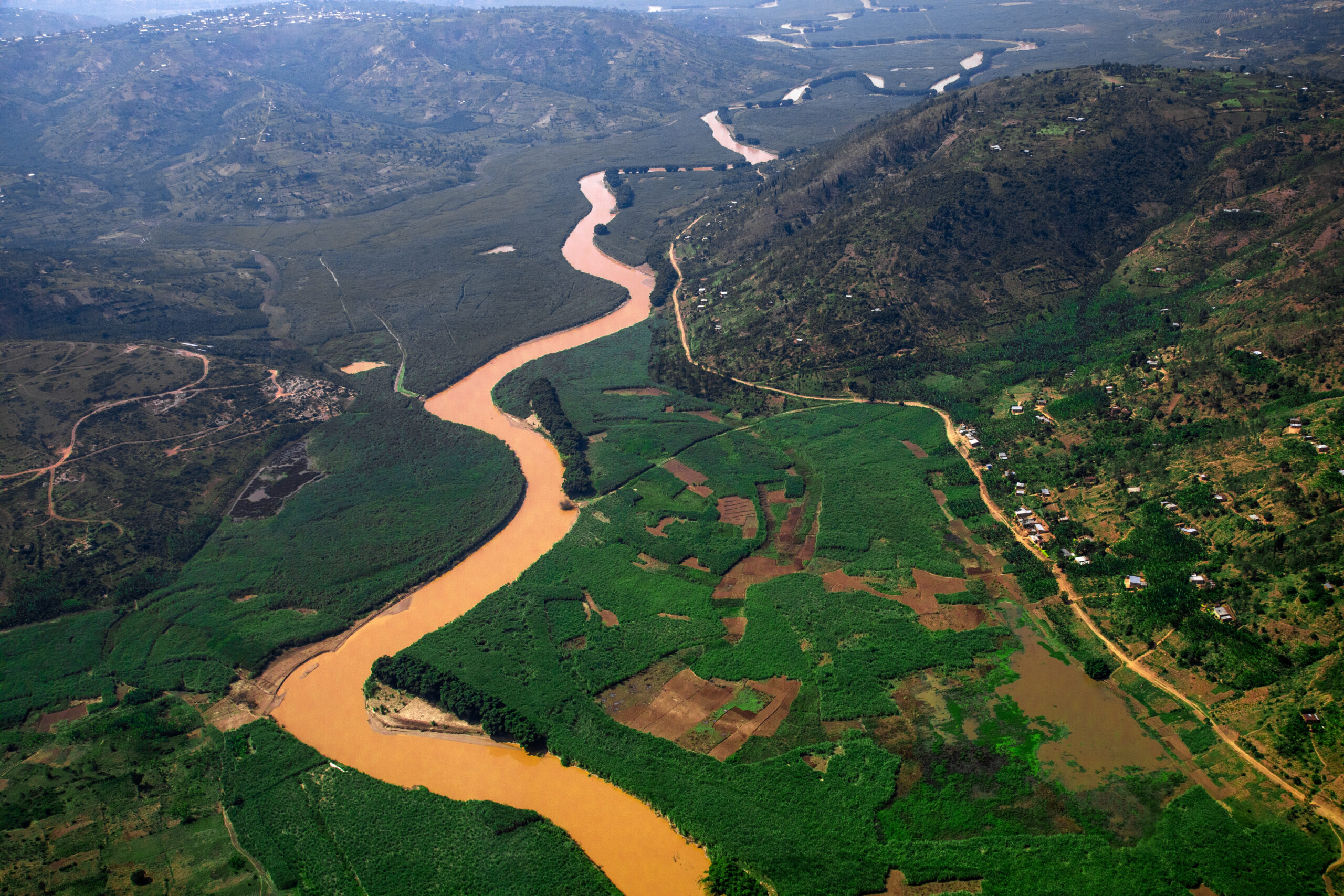

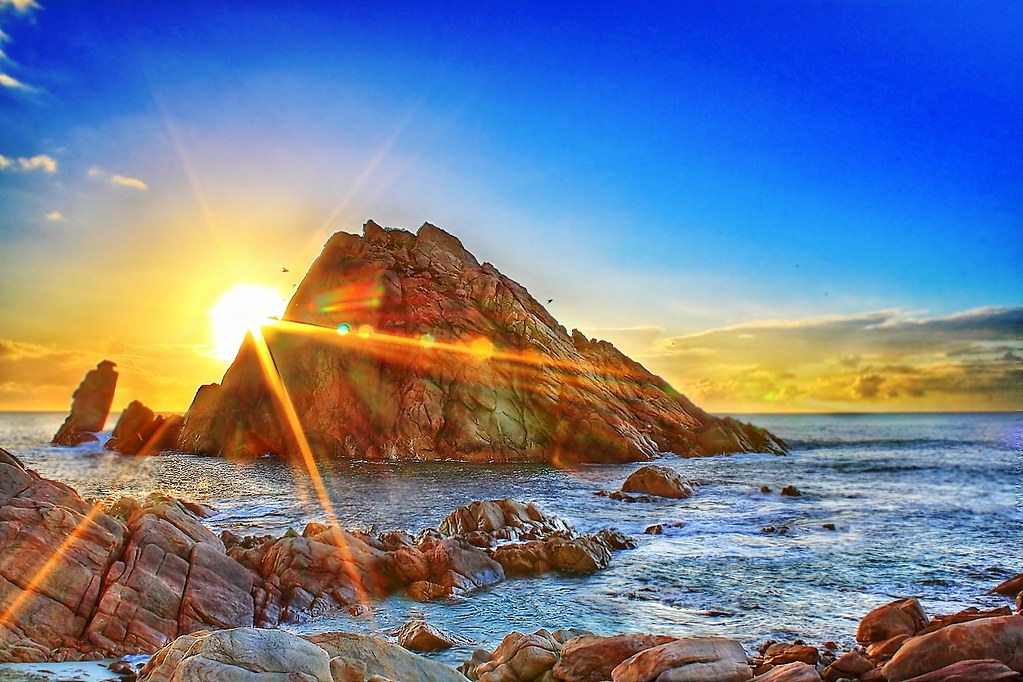










Post Comment